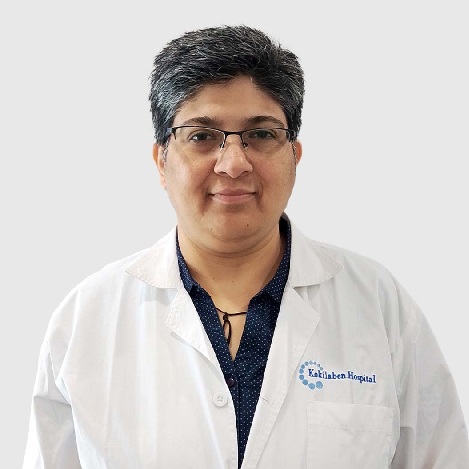There are many factors that a doctor considers when choosing treatment options for patients diagnosed with acute leukaemia. These include the patient's age and overall health, type of leukaemia, patient's risk group, and patient's response to treatment.
Common treatment options for AML and ALL
Chemotherapy: This therapy uses drugs to kill cancer cells. Chemotherapy can be given alone or in combination with other treatments. It is usually given in cycles, and the cycle usually lasts for a few weeks, and there is a break between cycles so that the body can recover.
Chemotherapy can have many side effects, including fatigue, nausea, vomiting, hair loss, and infection.
Targeted Therapy: Targeted therapy is usually given in combination with chemotherapy. In this therapy, a drug (designed to target specific cells) is administered to kill the cancer cells.
Targeted therapy can also have side effects, but they are usually not as severe as the adverse effects of chemotherapy.
Radiation Therapy: Radiation therapy is usually used to treat AML and ALL that have spread to the brain or spinal cord. This uses high-energy beams to kill cancer cells. It is usually not the first treatment used.
Radiation therapy can also have side effects, including fatigue, hair loss, and skin burns.
Stem Cell Transplant: This is a procedure in which healthy stem cells are transplanted into the body. Stem cells are the cells that make blood cells. A stem cell transplant can help to replace the damaged or destroyed bone marrow. It is a major surgery involving risks but is very effective in curing AML and ALL.
Supportive Care: This treatment is given to help manage the side effects of other treatments. Supportive care can include things like blood transfusions, antibiotics, and pain medication.
Specific Treatment Options for ALL
Immunotherapy: It is a relatively new treatment option for ALL. This is a type of cancer treatment that uses the body's own immune system to fight cancer cells. Immunotherapy works by helping the body's immune system fight cancer cells. This can be done in a variety of ways, including:
Monoclonal Antibodies: These are proteins that are designed to attach to specific molecules on cancer cells. Once attached, the monoclonal antibody can either kill the cancer cell directly or signal the immune system to attack the cancer cell.
Chimeric Antigen Receptor (CAR) T-cell Therapy: This is a type of immunotherapy that uses a patient's own T cells to fight cancer. The T cells are genetically modified to express a chimeric antigen receptor (CAR), which allows them to recognize and attack cancer cells
Immunotherapy has shown promise in treating a variety of cancers, including ALL. In some cases, immunotherapy has been able to cure cancer or prolong the lives of patients with advanced cancer.
Clinical Trials: New treatments are being tested in clinical trials. These trials offer potential for new treatments and closer monitoring, but there are risks. It is important to talk to the doctor about the risks and benefits of taking part in a clinical trial before making a decision.
Cost of Acute Leukaemia Treatment
The cost of acute leukaemia treatment depends on several factors, including the stage of cancer, the type of treatment technique, the patient’s age, the patient’s comorbidities, the hospital type and location, the doctor’s experience, insurance coverage and much more.
To know the exact treatment cost of acute leukaemia, one must visit a reputed doctor, or the below table provides an approximate cost of various treatment modalities for acute leukaemia.
| Surgery Name |
Surgery Cost |
| Chemotherapy |
₹ 75,000 to ₹ 2,50,000 |
| Radiation Therapy |
₹ 60,000 to ₹ 2,00,000 |
| Targeted Therapy |
₹ 80,000 to ₹ 2,25,000 |
| Immunotherapy |
₹ 80,000 to ₹ 2,25,000 |
| Stem Cell Transplant |
₹ 15,00,000 to ₹ 27,00,000 |
Acute Leukaemia Survival Rate
It is crucial to remember that the survival rate statistics for individuals diagnosed with acute leukaemia are estimates and cannot predict the impact of cancer on an individual's lifespan.
These statistics reflect patterns observed in groups of people diagnosed with the same disease, considering various stages of the condition.
For ALL: The 5-year relative survival rate for people age 20 and older is 43%. The 5-year relative survival rate for people under age 20 is 90%.
For AML: The 5-year relative survival rate for people 20 and older with AML is 28%. For people younger than 20, the 5-year relative survival rate is 69%.
The survival rate for acute leukaemia has improved with advancements in treatment, but it's important to understand that individual survival rates can vary. Age, overall health, leukaemia type, and response to treatment can influence the survival rate.



























